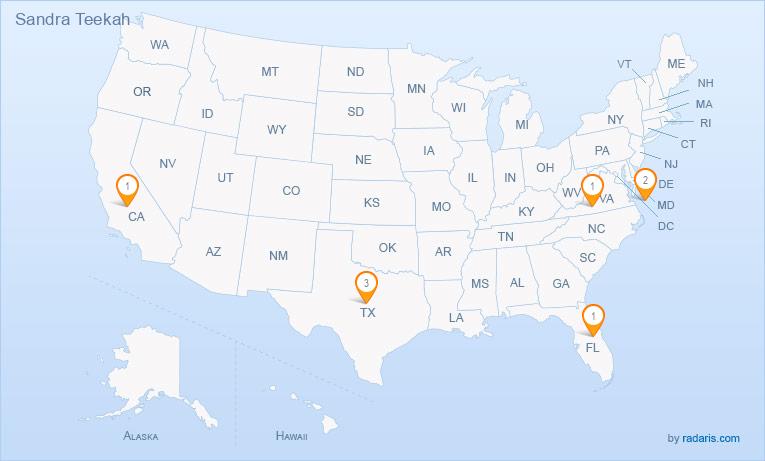
One consequence of this was that a central office prefix could not be duplicated anywhere in the Washington area. Each existing central office code was properly routed with each area code in the region so that each telephone number in the region could be dialed with any of the regional area codes, giving the appearance of an overlay plan. This was accomplished via a system of central office code protection in which no central office code was duplicated in the region. The number shortage problem was exacerbated by the use of 202 as a de facto overlay for the inner ring of the Washington metro area, even though it was split between three area codes–301, 202, and Northern Virginia's 703. However, by the late 1980s, 301 was on the verge of exhaustion due to the rapid growth of the Baltimore and Washington suburbs, as well as the proliferation of fax machines and pagers. This made Maryland one of the most-populous states to be served by a single area code.

443 and 667 were primarily used with cellular phones and competitive local exchange carriers such as Comcast or Cavalier Telephone when introduced but have since become universal in their carrier availability.īefore these area codes were created, all of Maryland had been served by 301 since the institution of area codes in 1947, even though the state is home to two very large metropolitan areas-Baltimore and the Maryland suburbs of Washington, D.C. The 410 area code is the original area code, while the 443 and 667 codes are overlay codes. state of Maryland, including the Baltimore metropolitan area and the Eastern Shore. The red area indicates area codes 410, 443, and 667.Īrea codes 410, 443, and 667 are telephone area codes serving the eastern half of the U.S.


 0 kommentar(er)
0 kommentar(er)
